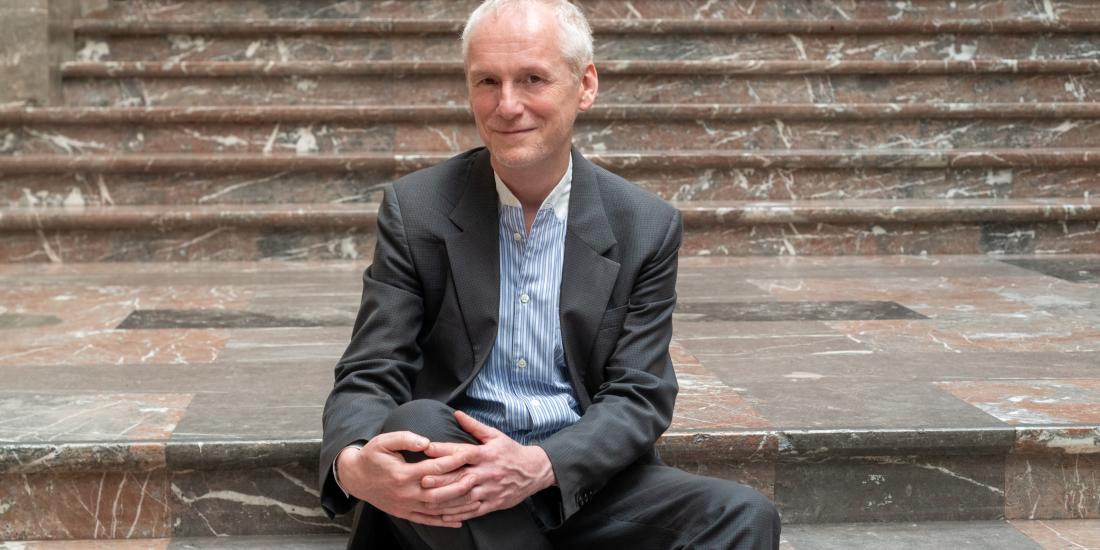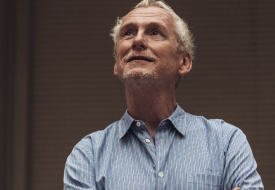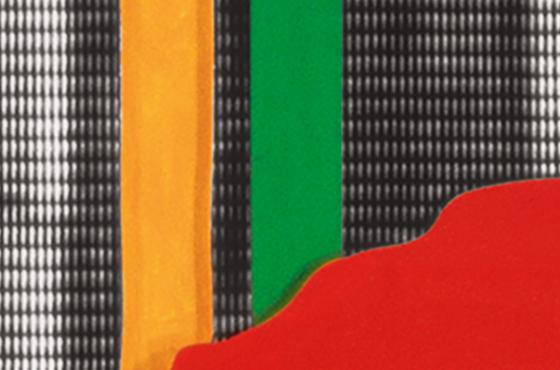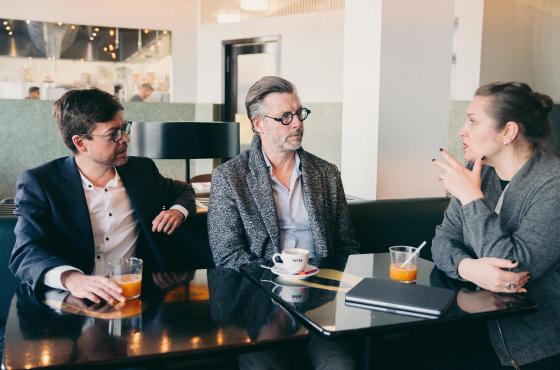The connective power is rooted in language, in the ‘co-’ (com-, con-): Latin for ‘together’. Polarization and self-interest are the antithesis of complex: ‘con’ + ‘plectare’, meaning to plait, interweave. I can just picture it: world leaders gathering at a conference in Davos or Dubai to weave a giant carpet or basket. An imaginary tapestry where a host of ideas, colours and tales are interconnected in a myriad of ways. Where stories spark a thousand and one fresh narratives, richer explanations, better understanding and creative possibilities.
Composers understand it all too well: not every combination results in harmony. Conflict hides in the word ‘concert’. It merges two Latin concepts: ‘conserere’ (‘to unite’) and ‘concertare’ (‘to compete’ or ‘to clash’). Composition is the art of harmonizing and overcoming the dissonance between soloists, instruments, voices and keys. Differences lead to conflict. But those very distinctions are also a source of immense constructive potential. It’s the chemistry of a great concert, the interaction between the musicians and the audience.
Personal stories, and often societal ones, lie behind every concert and artwork. With the oratorio Fire in my mouth (2018), American composer Julia Wolfe takes us to New York in 1911. A fire in a clothing factory killed 146 people, most of them young women who had fled to America in search of a better life. Wolfe gives the seamstresses a voice again via a 146-member girls' and women’s choir. They are not mute victims, but militant women fighting for better working conditions. 'I want to dance like an American / Have a chance like an American’. How bitter that sounds today. And hopeful.
The exhibition season also starts in the United States with John Baldessari (1931–2020). In 1970, out of frustration, he burned all his previous works. A year later, he made art students write the phrase ‘I Will Not Make Any More Boring Art’ on the walls of a gallery, either as a punishment or a resolution. The concept (‘concipere’ = ‘to understand’) became the artwork itself. Baldessari’s vibrant artworks are anything but boring. Watch A Brief History of John Baldessari, narrated by Tom Waits. It describes Baldessari as a surrealist of the media age, a forerunner of the ease with which we manipulate images in the digital era. Like René Magritte, Baldessari lets images and language collide. It is up to us, as viewers, to make the conceptual leap. In his Goya Series, for example, you can read the word ‘AND’ beneath a picture of a paperclip. The Singaporean artist, Ho Tzu Nyen, would certainly click with Baldessari. He is currently creating a new digital work for Bozar. Amongst his collaborators, Ho Tzu Nyen is known as an ‘and-person’: ‘I am attracted to many connections, not just possible relationships, but also virtual ones, superpositions, contradictions and paradoxes.’
All this is interlinked in Bozar’s 2025-26 season: with ‘co-’, with AND, plus a host of other connections. We welcome you to join us, together with Julia Wolfe, John Baldessari, Francisco Goya, Ho Tzu Nyen, Baloji, Delcy Morelos, Lea Desandre, Víkingur Ólafsson, Abel Selaocoe, Kali Malone, Sol Gabetta, Zaho de Sagazan, Fennesz, Albert Serra, La Ribot, Anne Teresa De Keersmaeker, Ann Veronica Janssens, Boris Charmatz, Anne Carson & Robert Currie and many others. Art creates moments of clarity in a complex world. Join us as we embrace complexity! Welcome to Bozar!



